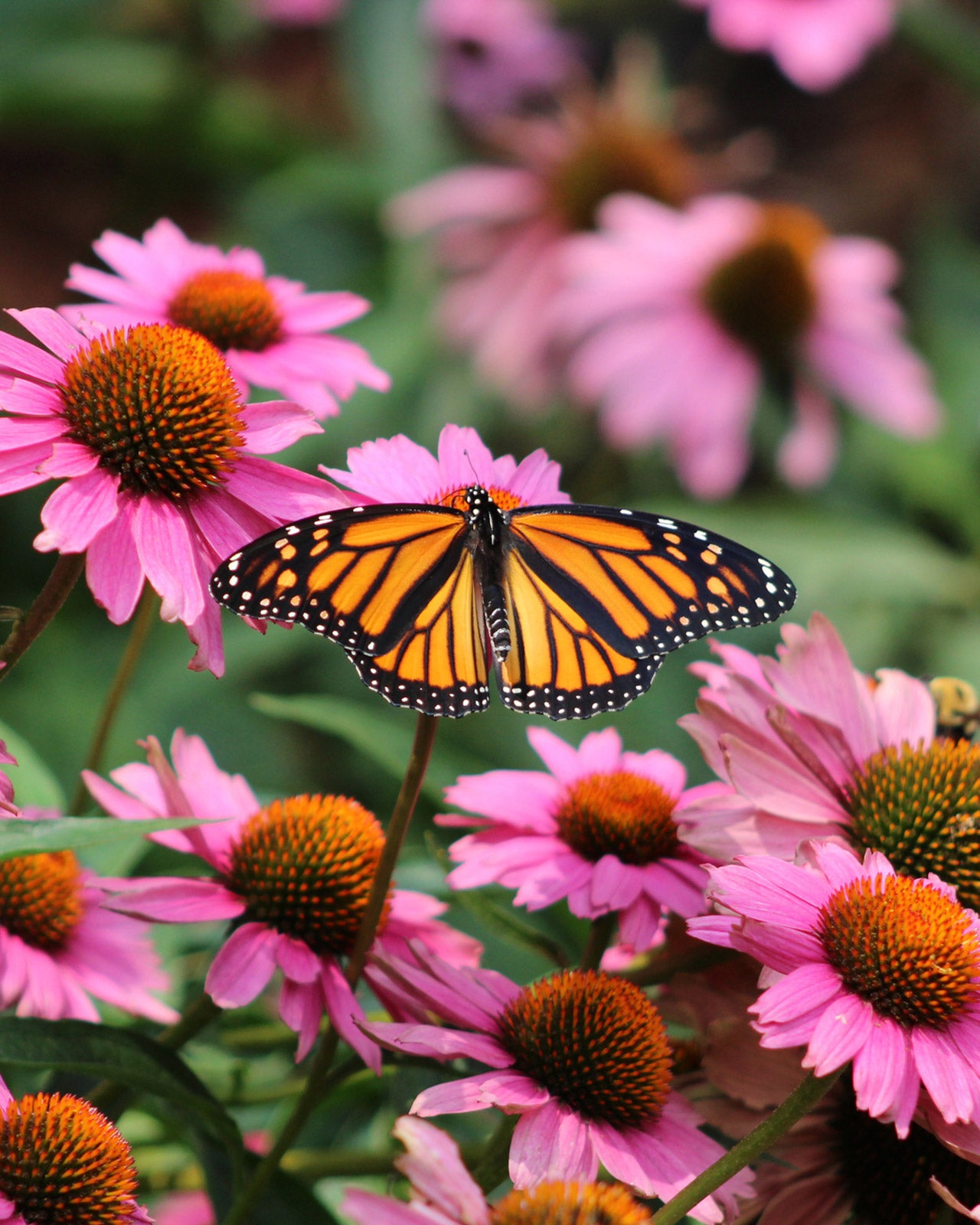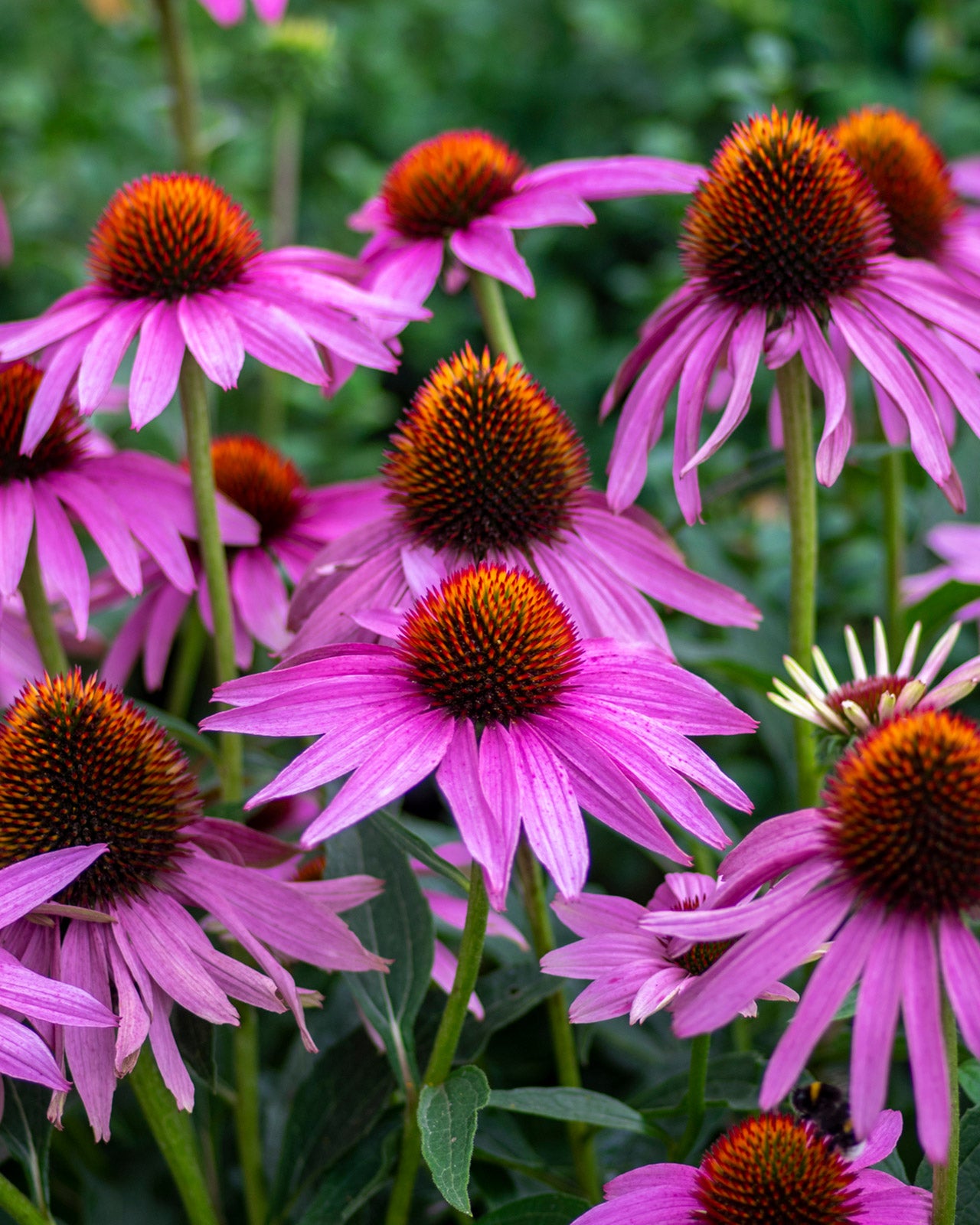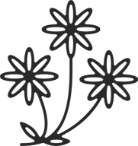

-
Why we like this plant
Echinacea purpurea is a must-have for wildlife-friendly gardens, offering striking beauty, excellent drought tolerance, and valuable nectar for pollinators. Its long-lasting flowers and architectural seed heads provide year-round interest.
-
About this plant
A classic prairie wildflower, Echinacea purpurea is a robust and adaptable perennial known for its striking pinkish-purple petals that gracefully droop from a central, spiky cone. Blooming from midsummer to early autumn, this tough plant thrives in sunny, well-drained locations, making it perfect for wildlife gardens, cottage-style borders, and prairie plantings. Its nectar-rich flowers are highly attractive to pollinators, while the seed heads provide winter food for birds. Drought-tolerant once established, it is a reliable and low-maintenance choice for adding colour and structure to the garden.
-
Key features
- Large, purple-pink flowers with a raised orange-brown cone
- Long flowering season from midsummer to early autumn
- Attracts bees, butterflies, and seed-eating birds
- Highly drought-tolerant once established
- Excellent for cut flowers and dried arrangements
-

Height and
spread -

Growth
habitUpright, clump-forming
-

Moisture
Moderate watering; drought-tolerant once established
-

Position in
the GardenBorders, prairie gardens, wildlife-friendly planting, cottage gardens
Planting guide
- Space plants 30–45cm apart for good air circulation
- Ensure well-drained soil to prevent root rot
- Works well in mixed perennial borders and prairie-style plantings
Care tips
- Plant in full sun and well-drained soil
- Water regularly during establishment, then sparingly
- Deadhead spent flowers to encourage prolonged blooming
- Cut back stems in late autumn or leave seed heads for birds
- Divide clumps every 3–4 years to maintain vigour
Winter care
- Leave seed heads intact to provide winter interest and bird food
- Mulch lightly in autumn to protect roots in colder regions
- Cut back dead stems in early spring











